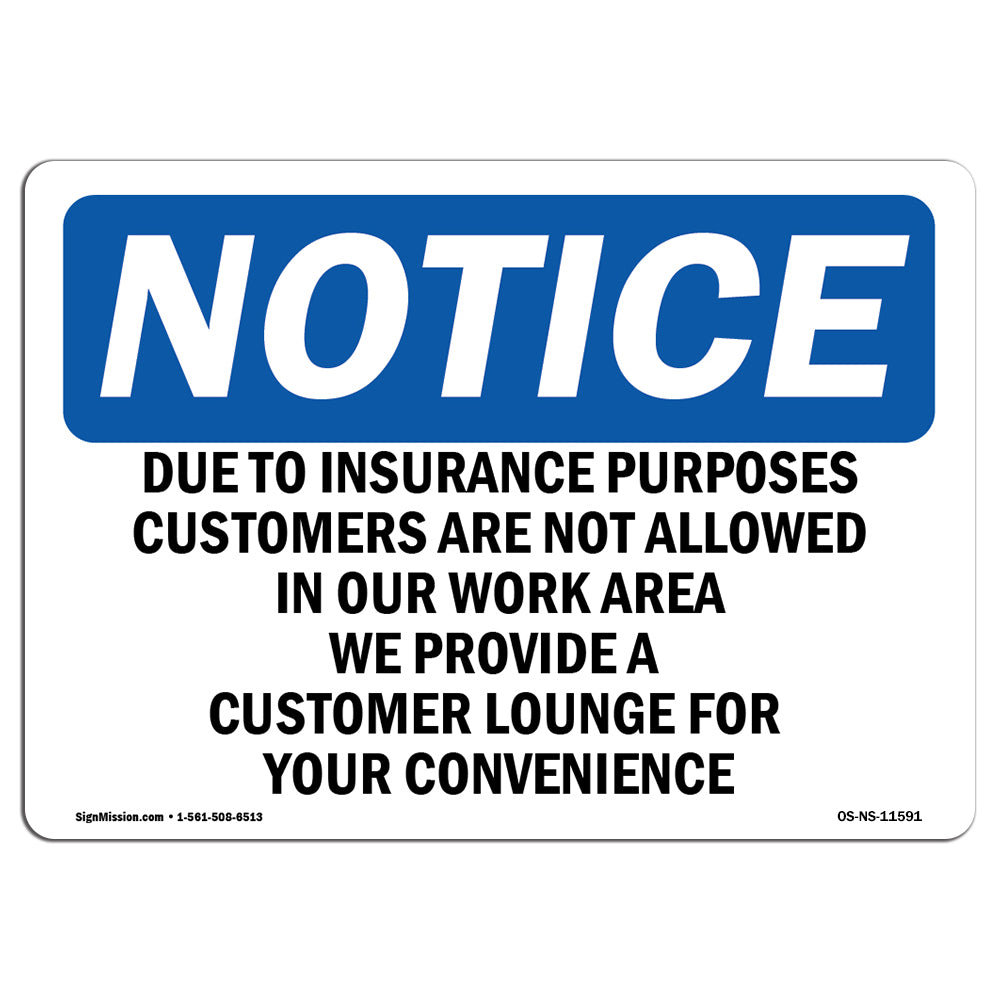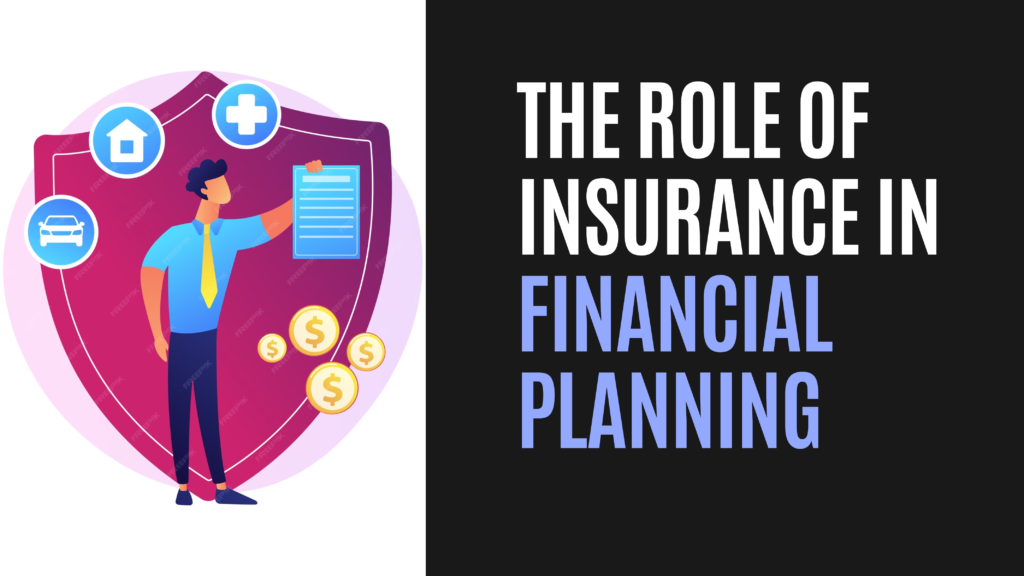Excitement About Pacific Prime
Table of ContentsA Biased View of Pacific PrimeSee This Report about Pacific PrimeThe Single Strategy To Use For Pacific PrimePacific Prime - An OverviewSome Known Factual Statements About Pacific Prime

This is due to the fact that the information were collected for a period of strong economic efficiency. Of the estimated 42 million people who were without insurance, just about concerning 420,000 (regarding 1 percent) were under 65 years of age, the age at which most Americans become eligible for Medicare; 32 million were adults between ages 18 and 65, about 19 percent of all adults in this age; and 10 million were kids under 18 years of age, regarding 13.9 percent of all kids (Mills, 2000).
These price quotes of the number of individuals uninsured are generated from the yearly March Supplement to the Present Populace Study (CPS), carried out by the Census Bureau. Unless or else noted, nationwide estimates of individuals without medical insurance and proportions of the populace with different kinds of insurance coverage are based on the CPS, one of the most widely utilized resource of quotes of insurance policy protection and uninsurance prices.
Getting The Pacific Prime To Work

Still, the CPS is specifically useful since it creates yearly price quotes fairly promptly, reporting the previous year's insurance policy protection estimates each September, and due to the fact that it is the basis for a regular collection of price quotes for even more than twenty years, permitting analysis of patterns in coverage with time. For these factors, along with the considerable usage of the CPS in other researches of insurance policy coverage that are offered in this record, we rely upon CPS estimates, with constraints kept in mind.

The estimate of the variety of without insurance people increases when a population's insurance coverage condition is tracked for several years. Over a three-year duration beginning early in 1993, 72 million sites individuals, 29 percent of the united state populace, lacked insurance coverage for at the very least one month. Within a single year (1994 ), 53 million people experienced a minimum of a month without insurance coverage (Bennefield, 1998a)
6 out of every 10 uninsured adults are themselves utilized. Although functioning does enhance the possibility that a person and one's relative will have insurance policy, it is not an assurance. Also participants of families with 2 full time breadwinner have virtually a one-in-ten opportunity of being uninsured (9.1 percent uninsured price) (Hoffman and Pohl, 2000).
An Unbiased View of Pacific Prime
New immigrants represent a substantial percentage of individuals without medical insurance. One analysis has associated a substantial portion of the current development in the size of the united state without insurance population to immigrants that got here in the country between 1994 and 1998 (Camarota and Edwards, 2000). Current immigrants (those that concerned the USA within the past 4 years) do have a high rate of being uninsured (46 percent), yet they and their kids account for just 6 percent of those without insurance country wide (Holahan et al., 2001).
The relationship between health insurance policy and accessibility to care is well established, as recorded later in this phase. The connection between health insurance and health outcomes is neither straight neither basic, a considerable professional and wellness services research literary works web links health and wellness insurance coverage to improved access to care, better quality, and improved personal and populace wellness standing.
Levels of analysis for checking out the results of uninsurance. It focuses specifically on those without any kind of health and wellness insurance for any type of size of time.
5 Simple Techniques For Pacific Prime
The problems faced by the underinsured are in some respects comparable to those encountered by the without insurance, although they are usually much less extreme. Health insurance coverage, nevertheless, is neither required nor sufficient to gain accessibility to clinical solutions. The independent and direct impact of wellness insurance coverage on access to health services is well developed.
Others will get the wellness care they require also without medical insurance, by spending for it out of pocket or seeking it from suppliers who supply treatment totally free or at highly subsidized prices. For still others, medical insurance alone does not guarantee receipt of treatment because of various other nonfinancial barriers, such as an absence of healthcare suppliers in their neighborhood, limited accessibility to transportation, illiteracy, or etymological and social distinctions.
The 4-Minute Rule for Pacific Prime
Formal research study concerning without insurance populations in the United States dates to the late 1920s and very early 1930s when the Board on the Price of Healthcare created a collection of records about financing physician office visits and hospital stays. This concern became prominent as the varieties of medically indigent climbed up during the Great Clinical depression.